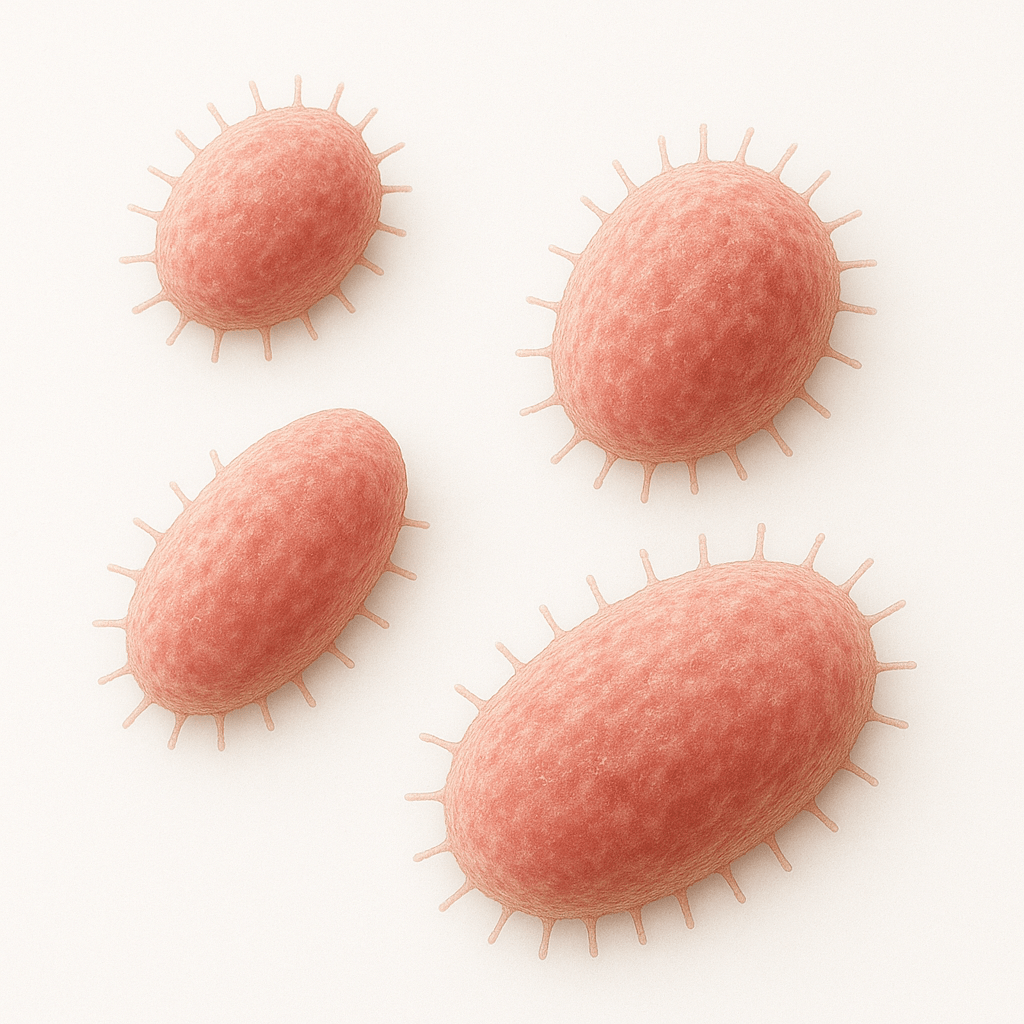Ureaplasma: Comprehensive Description, Taxonomy, and Lifecycle
Introduction
Ureaplasma is an intriguing and often overlooked member of the human microbiome. Recent scientific advances highlight the remarkable adaptability and unique biology of this tiny bacterium. As research into Ureaplasma continues to grow, appreciating its characteristics offers important insights into microbiology, human health, and the diversity of life itself. In this article, we explore what Ureaplasma is, its place in the bacterial world, biological features, ecological role, and life cycle, all through the lens of scientific discovery and optimism.
What is Ureaplasma?
Ureaplasma refers to a genus of bacteria that falls under the class Mollicutes, renowned for their extremely small size and simplified cellular structures. Unlike many bacteria, Ureaplasma lacks a rigid cell wall, which makes it both unique and highly adaptable. The two major species significant for humans are Ureaplasma urealyticum and Ureaplasma parvum, both of which commonly populate the human urogenital tract.
These bacteria are characterized by their ability to hydrolyze urea, a process that provides them energy and sets them apart from many other bacterial genera. Ureaplasma is not only fascinating for its metabolic abilities but is also notable for being a normal constituent of the genital microflora in healthy adults worldwide. As our understanding of the human microbiome expands, Ureaplasma stands out as a key example of microbial diversity and symbiosis.
Taxonomic Position and Structure
Ureaplasma has a distinctive position in bacterial classification. According to modern taxonomy:
- Domain: Bacteria
- Phylum: Firmicutes
- Class: Mollicutes
- Order: Mycoplasmatales
- Family: Mycoplasmataceae
- Genus: Ureaplasma
The structure of Ureaplasma is notable for the absence of a traditional bacterial cell wall. Instead, its cell membrane contains sterols—a feature it shares with other Mollicutes—to maintain structural integrity and fluidity. These bacteria are among the smallest free-living organisms, measuring only 0.2-0.8 micrometers in diameter. Their pleomorphic (variable) shapes, from spherical to elongated, reflect their flexible membrane structure.

Minimalism is a hallmark of Ureaplasma. Its tiny genome encodes only the essentials for survival, illustrating the efficiency achieved through specialization and close association with the host.
Unique Biological Characteristics
The biology of Ureaplasma showcases several remarkable features:
Absence of a Cell Wall
Unlike most bacteria, Ureaplasma lacks peptidoglycan, the main structural component of bacterial cell walls. This confers resistance to antibiotics targeting cell wall synthesis, such as penicillins and cephalosporins, and grants the microorganism an extraordinary flexibility, enabling it to adapt to various niches in the human body.
Urea Hydrolysis
The genus name “Ureaplasma” is derived from its ability to split urea using the enzyme urease, producing ammonia and carbon dioxide. This biochemical process is essential for the energy metabolism of Ureaplasma, and demonstrates its clever adaptation to the urogenital tract, where urea is abundant.
Minimal Genome
Ureaplasma exhibits a drastically reduced genome, typically only about 750-950 kilobases in length. This minimalism shows its evolutionary adaptation to the stable, resource-rich environment of the human mucosa. The compact genome contains just the basic machinery required for survival, relying on the host for many essential nutrients.
Ecological Niche and Distribution
Ureaplasma thrives as a commensal organism primarily within the urogenital tract of humans. It is considered a regular part of the normal genital microflora and is found globally in healthy individuals. Colonization is most common among sexually active adults, though Ureaplasma has also been found in newborns, likely due to maternal transmission during birth.
The bacteria prefer moist mucosal surfaces, with an affinity for the lower genital and urinary tracts. Studies have shown that Ureaplasma colonization rates can reach 60-70% in women and up to 50% in men in certain populations, reflecting its successful niche adaptation.
Beyond humans, Ureaplasma species or closely related bacteria have been isolated from the urogenital tracts of various mammals, indicating a broader ecological versatility.
Reproduction and Lifecycle
Ureaplasma reproduces through a simple process called binary fission, whereby one cell divides into two genetically identical daughter cells. This bacterial reproductive strategy is efficient and rapid, enabling quick colonization under favorable conditions.
The absence of a rigid cell wall allows Ureaplasma cells to easily adhere to and move along mucosal surfaces within the body. Specialized surface proteins help them attach firmly to host tissues, ensuring their survival amid the immune defenses and microbial competition.
Ureaplasma’s life cycle is well-suited for persistence—its ability to utilize urea, along with efficient reproduction and host adaptation, allows it to remain a long-term member of the human microbiome.
Explore Ureaplasma Topics
Ureaplasma Symptoms
Discover how Ureaplasma manifests in men and women and learn about its most typical signs.
Ureaplasma Treatment
Find effective approaches and antibiotics used to treat Ureaplasma in different situations.